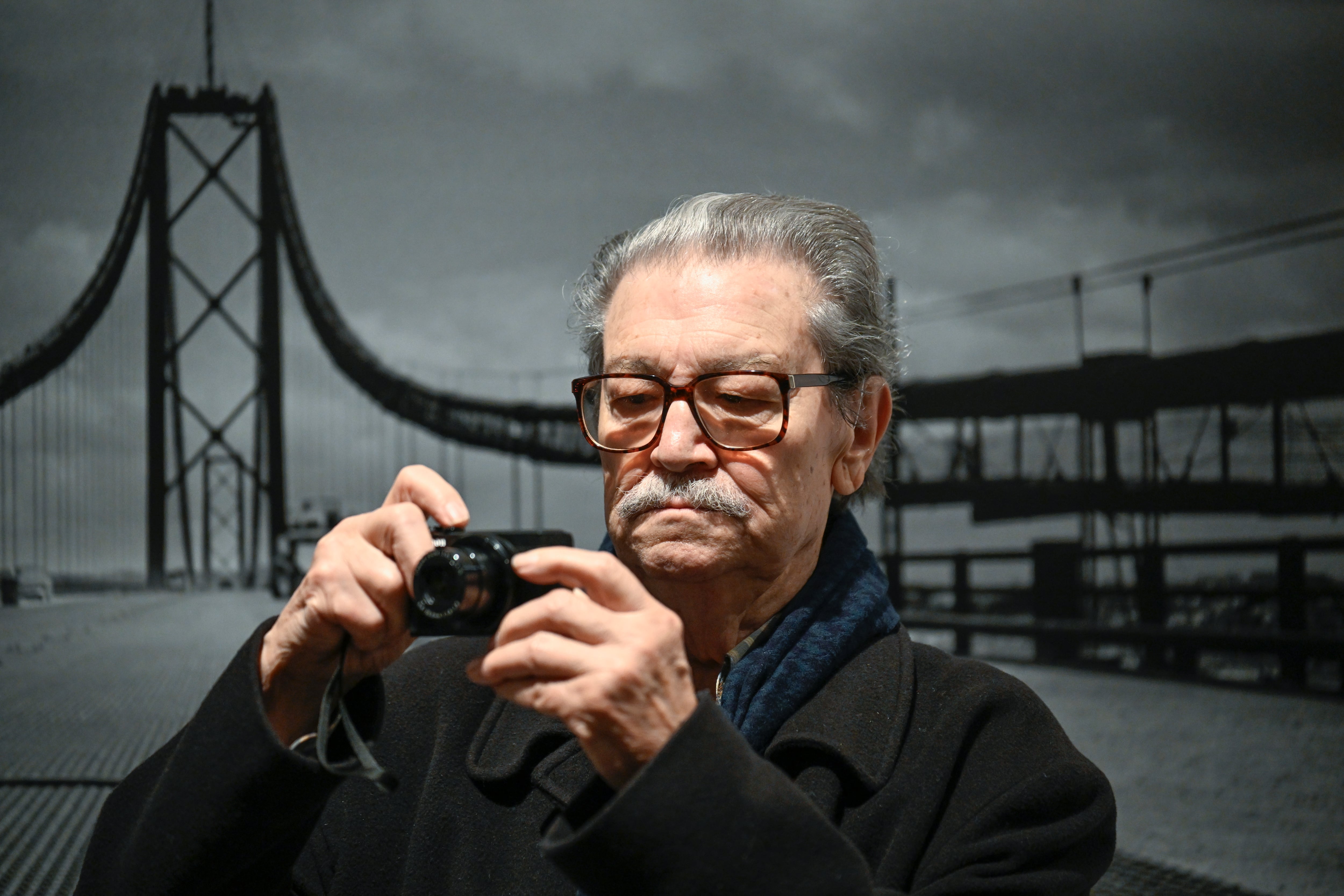Eduardo Gageiro died on Wednesday at a Lisbon hospital at age 90, according to the Portuguese agency. Some of his photographs, however, are intended to never die. Gageiriro was one of the reporters who captured for the world the tension, surprise and final He found himself in the great exhibition with which he summed up his career last year in Lisbon.
During a conversation in the National Cordaria, where about 170 images were exhibited, Gageiro told this newspaper its passage through the prison during the dictatorship and the legacy of that experience. After publishing on the cover of a magazine the portrait of a widow of Nazaré while dragging the fishing nets of a boat, the political police stopped him for his work. “During the interrogation the agents told me that this photo was a shame and that I had to portray landscapes instead of humble people,” the photographer recalls.
For three months he was isolated in a cell in the prison of Caxias, where the political prisoners were locked in the regime of Salazar, first, and Marcelo Caetano, later. In that small space, nothing happened or anything happened, just white walls that became an aggressive element. After leaving the prison, Eduardo Gageiro was unable to observe without distressing a white wall. “It traumatized me a lot,” he confessed that day of 2024, sitting in a national cord room full of visitors.
His exhibition was a great success. In addition to the historical image where Captain Salgueiro Maia is seen biting his lip to not cry, excited at the moment he is aware that the coup of the April military has just won the troops faithful to the dictatorship, others were shown that revealed the perfectionism of the Gageiro Chamber, they were already images of architecture, landscapes or portraits. Several portrayed scenes of working life with an aesthetic that evoked Soviet realism, highly valued in the sixties and seventy by the photographer, close to the Portuguese Communist Party.
He portrayed the political class that marked the story of Portugal in recent decades with images that always gave more than those offered by an impulsive shot. Gageiro made one of Salazar’s best portraits while he appeared to see the ocean in the military fort where he spent his vacation in 1964. But he was also the graphic chronicler of culture, sport and daily life, which can be seen in one of the seven books about his work he published.
Gageiro was born in 1935 in Sacávem. There he worked in a porcelain factory where, he said, he learned the art of composition. He began collaborating in the press in 1957, although he was proud to have published his first journalistic photo with 12 years on the cover of the DIARY OF NEWS. He went through different Portuguese headwaters, in addition to being the correspondent of Associated Press. During the carnation revolution, he was the chief of photography of The centurywhich would close in the convulsive months that followed the fall of the dictatorship. During democracy it would be the official photographer of the President of the Republic, António Ramalho Eanes. His work received numerous awards. His file was acquired in 2024 by the City of Torres Vedras to create a museum.

